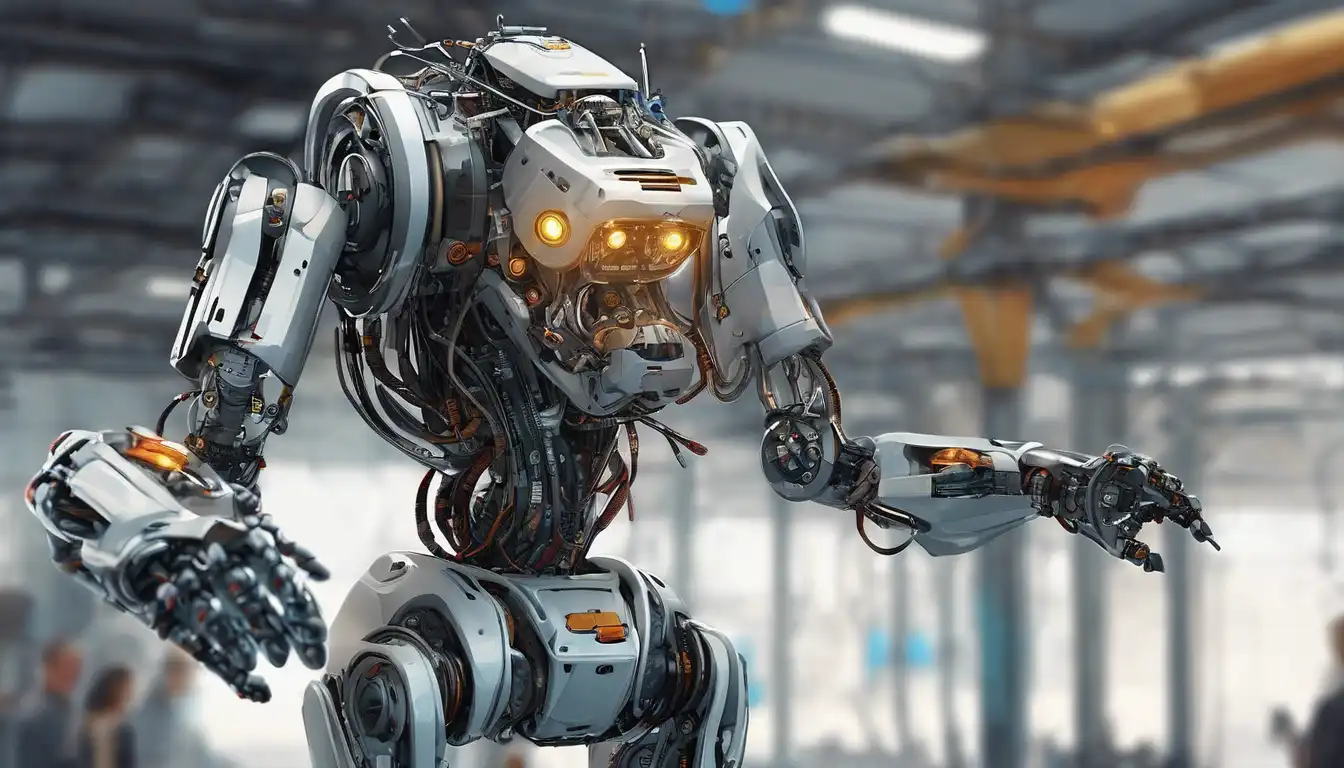The Dawn of Robotics: A Technological Revolution
In the realm of modern technology, robotics stands as a towering testament to human ingenuity and the relentless pursuit of innovation. This field, which seamlessly blends engineering, computer science, and artificial intelligence (AI), is reshaping industries, enhancing productivity, and redefining the boundaries of what machines can accomplish.
The Building Blocks of Robotics
At its core, robotics involves the design, construction, operation, and use of robots. These sophisticated machines are capable of performing tasks autonomously or semi-autonomously, thanks to advancements in AI and machine learning. From manufacturing lines to surgical rooms, robots are becoming indispensable allies in our quest for efficiency and precision.
Innovation at the Heart of Robotics
Innovation in robotics is not just about creating machines that can perform tasks; it's about envisioning a future where robots can think, learn, and adapt. This vision is becoming a reality through the integration of machine learning algorithms and sensory technologies, enabling robots to interact with their environment in unprecedented ways.
Applications of Robotics Across Industries
The impact of robotics spans across various sectors, demonstrating its versatility and transformative potential. Below are some key areas where robotics is making waves:
- Healthcare: Surgical robots assist in performing precise and minimally invasive procedures.
- Manufacturing: Industrial robots automate repetitive tasks, boosting production rates and safety.
- Agriculture: Drones and automated tractors optimize farming practices, from planting to harvesting.
- Service Industry: Robots are being deployed in customer service, cleaning, and even as companions for the elderly.
The Future of Robotics: Challenges and Opportunities
As robotics continues to evolve, it presents both challenges and opportunities. Ethical considerations, job displacement concerns, and the need for robust cybersecurity measures are among the hurdles that need addressing. However, the potential for robotics to solve complex problems, improve quality of life, and drive economic growth is immense.
Conclusion: Embracing the Robotics Revolution
The intersection of technology and innovation in robotics is not just about the machines themselves but about how they can enhance human capabilities and create a better future. As we stand on the brink of this technological revolution, it's clear that robotics will continue to play a pivotal role in shaping our world.
For those interested in diving deeper into the world of robotics and its implications, exploring AI and robotics is a great next step. The journey of discovery is just beginning, and the possibilities are limitless.
